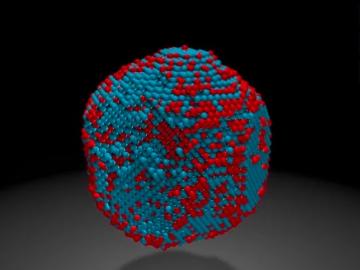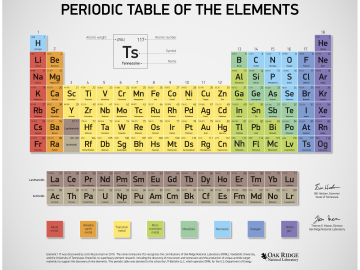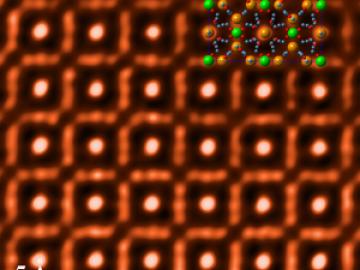
Carter to lead Fusion Energy Division at Oak Ridge National Laboratory

Barely wider than a strand of human DNA, magnetic nanoparticles—such as those made from iron and platinum atoms—are promising materials for next-generation recording and storage devices like hard drives. Building these devices from nanoparticles should increase storage capaci...




Scientists at the Department of Energy’s Oak Ridge National Laboratory have made the first direct observations of a one-dimensional boundary separating two different, atom-thin materials, enabling studies of long-theorized phenomena at these interfaces. Theorists h...

For more than 50 years, scientists have debated what turns particular oxide insulators, in which electrons barely move, into metals, in which electrons flow freely.





